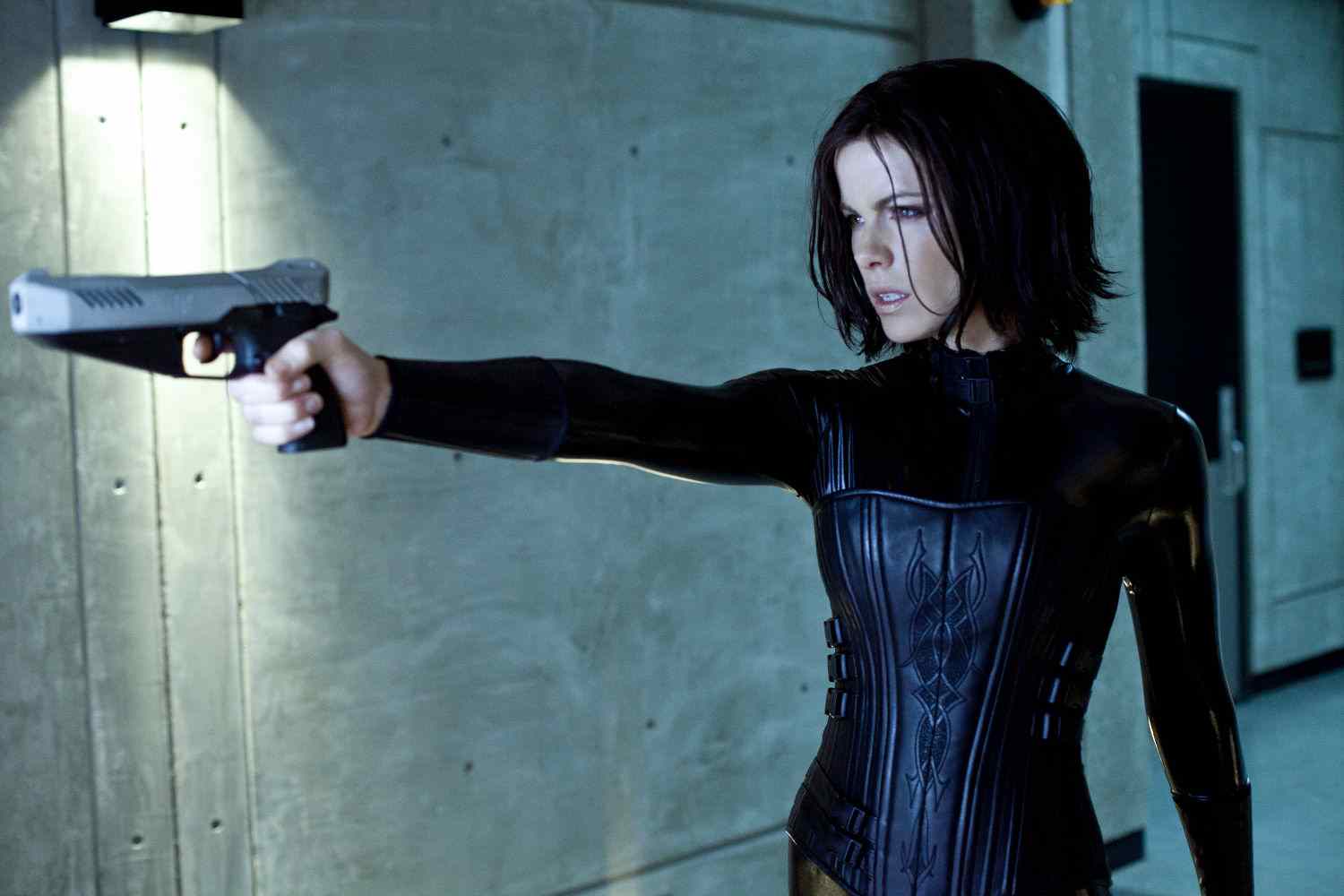Among horror characters, my personal favorite has always been the vampire. The thought of the power and magnetism they are portrayed portrayed with has long fascinated me. Vampire movies typically have a formula – from the silent movie Nosferatu (1922) to Bela Lugosi’s Dracula (1931) and Christopher Lee’s Dracula (1958).
Vampires are usually portrayed as brutal, but attractive villains. They normally have very little backstory and are depicted as pure evil. Onscreen vampires are almost always male and usually single out a young female victim who falls under some kind of spell. The vampire is usually discovered by a vampire hunter (either established or aspiring) and killed (usually by a stake through the heart). Once the vampire is killed, the victim is saved from becoming one of the undead. Normally, the story is told from the perspective of the would-be-victim or the aspiring vampire slayer.
Over the years, a few movies have thrown out the rule book, depicting vampires in ways we have never seen. And, for me, that is a breath of fresh air. A new spin of a familiar trope. The following films did just that; they portrayed a different perspective on vampirism and (in some way or another) changed the genre in the process.
Whether romance or sci-fi is added, these movies added new dimension to vampirism. I can see the influence these films had in movies, books and TV shows that have come after them.
Lifeforce
This movie combines both horror and sci-fi and has to be the most unusual vampire film I’ve seen. You can’t get further from the traditional Transylvania tale of bloodsucking than this.
During a mission aboard the space shuttle Churchill, British and American astronauts discover a spaceship with creatures beings in some sort of suspended animation. The beings are two humanoid males and one female, along with some dried up and drained bat-like creatures.
Not only are these vampires from another planet, they don’t drink blood, rather than drain life energy. Like traditional vampires, they have the ability to shape-shift and share a psychic link with victims. The shape-shifting abilities are taken to a different level with the vampires being able to morph into other humans.
The idea of vampires as a species completely separate from humans is explored further in movies like Stephen King’s Sleepwalkers (1992) and the series What We Do in the Shadows famously features energy vampire Colin Robinson.
 Daybreakers
Daybreakers
This movie explores life in a vampire-ruled, futuristic dystopia where you’re either predator or prey – nothing in between. In Daybreakers, horror is combined with the elements of sci-fi classics such as Brave New World, 1984 and Fahrenheit 451.
Also See: Martin Remains Unparalleled in its Portrayal of Vampires
Vampirism is spread like a contagious disease which most of society seems to have embraced for the immortality that comes along with it. Uninfected humans are captured and their blood is harvested in a “farm” where their bodies are stored in a state of suspended animation. The human blood supply is dwindling and civil unrest begins to set in. Scientists race to develop a blood substitute to feed vampires – instead of finding a cure.
Daybreakers follows reluctant vampire Edward Dalton. Dalton works for pharmaceutical company Bromley Marks, which is the leading supplier of human blood in the U.S. Edward’s disdain for his vampiric nature and compassion for humans comes across to both his boss and his bloodsucking brother Frankie. The story takes unexpected twists after Dalton comes upon a group of rebel humans.
Daybreakers‘ exploration of vampirism as an actual disease is further examined in The Strain and Stake Land. And the idea of an alternative to human blood was extensively explored in HBO’s True Blood.
Underworld
This movie was the start of a franchise centered around a war between vampires and werewolves or “lycans.” Normally, both supernatural species had their own separate tales but Underworld is set in universe where vampires have a kingdom, set up with two leaders who take turns reigning with the assistance of a council. Little is seen of the human world as most of the story takes place within vampire society – no holy water, crucifix-wielding vampire slayers and no entranced victims. Vampires and werewolves would later share the screen in HBO’s True Blood and the Twilight franchise.
See Also: Eight Movie Vampires That Don’t Get Nearly Enough Credit
Interview with the Vampire

This movie is a refreshing, original take on the story of the infamous Count Dracula who has been portrayed in numerous incarnations on both the big and small screens.
This adaptation not only gives us a tragic and romantic backstory for Dracula, we also get to see the Count out in daylight. The story coupled with outstanding performances by Gary Oldman as Dracula and Sir Anthony Hopkins as Abraham Van Helsing make this film a wonderful and original addition to the vampire genre.
Dracula Untold further explored the tale of Vlad Tepes as a tragic and romantic figure. Romance and vampirism continued to be combined in stories like True Blood, the Underworld series and the Twilight films.
These movies created a new view of the vampire, taking a dark phantom-like being who ruthlessly preys upon the innocent and making them three-dimensional characters. These vampire characters came complete with backstories and their own problems stemming from their strange nature.
Movies like these paved the way for writers and filmmakers to continue creating more original vampire tales. Movies and television series like Let the Right One In, Dracula Untold, True Blood, The Strain, and What We Do in the Shadows elaborated on these new themes. Whether you prefer vampires who turn to ash in sunlight or sparkle when hit with its rays, the genre has become so diverse and we hav films like Bram Stoker’s Dracula to thank for that.








